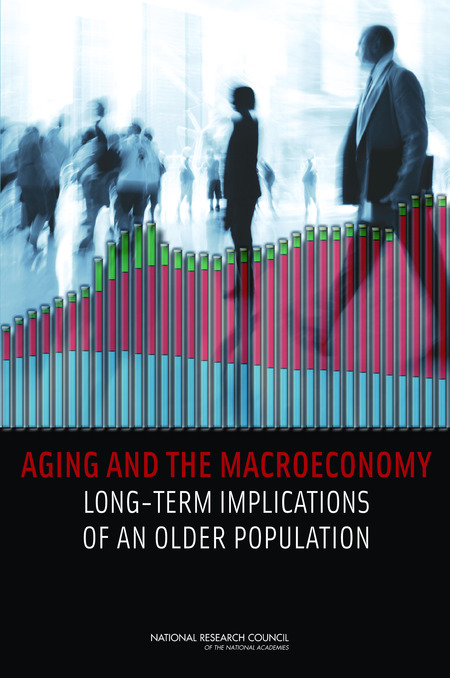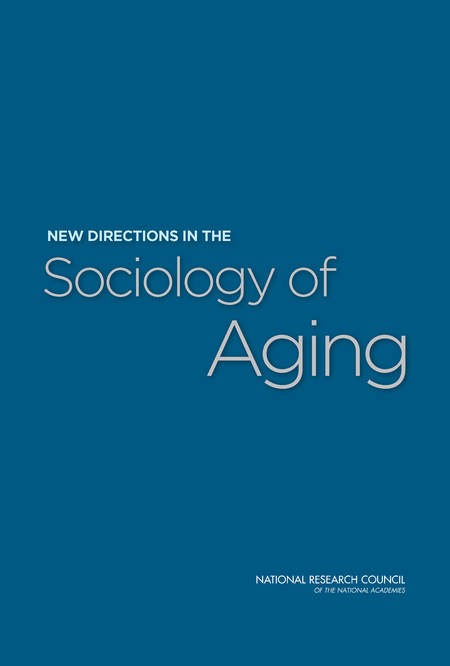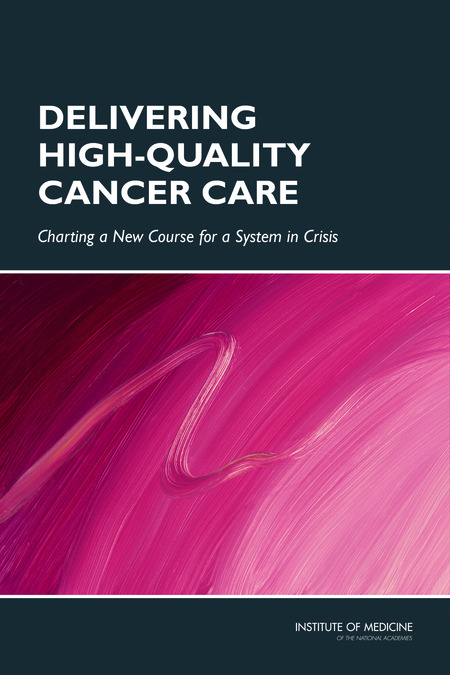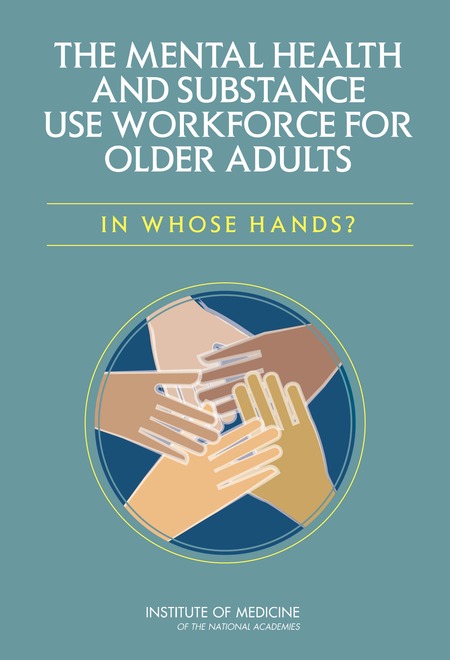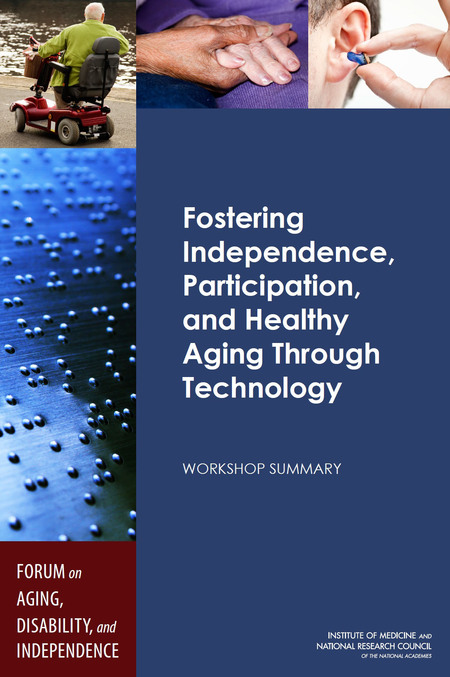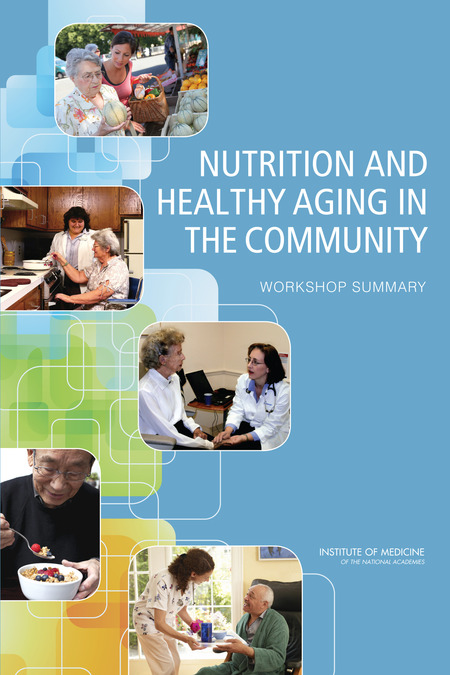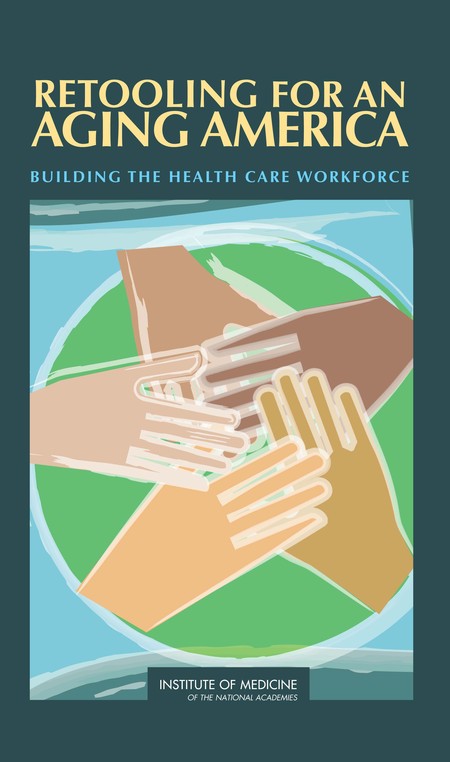According to a recent UN Population Fund/HelpAge International report, the population of planet Earth is aging quickly. The Global AgeWatch Index studies the social and economic well-being of elders in 91 countries and finds that, by the year 2050, seniors over the age of 60 will make up one fifth of the population. What are the implications of a growing elderly population? The National Research Council and the Institute of Medicine have produced studies that focus on economic, health care, and social challenges we can anticipate. All are free to download.
Paperback: $49.00
ISBN 978-0-309-26196-8
The United States is in the midst of a major demographic shift. In the coming decades, people aged 65 and over will make up an increasingly large percentage of the population: The ratio of people … [more]
Paperback: $37.00
ISBN 978-0-309-29297-9
The aging of the population of the United States is occurring at a time of major economic and social changes. These economic changes include consideration of increases in the age of eligibility … [more]
Paperback: $74.00
ISBN 978-0-309-28660-2
In the United States, approximately 14 million people have had cancer and more than 1.6 million new cases are diagnosed each year. However, more than a decade after the Institute of Medicine (IOM) … [more]
Paperback: $69.00
ISBN 978-0-309-25665-0
At least 5.6 million to 8 million–nearly one in five–older adults in America have one or more mental health and substance use conditions, which present unique challenges for their care. With the … [more]
Paperback: $36.00
ISBN 978-0-309-28517-9
The Institute of Medicine (IOM) and the National Research Council (NRC) have had prominent roles in discussions of aging, disability, and technology for decades. In 1978, Aging and Medical … [more]
Paperback: $40.00
ISBN 978-0-309-25310-9
The U.S. population of older adults is predicted to grow rapidly as “baby boomers” (those born between 1946 and 1964) begin to reach 65 years of age. Simultaneously, advancements in medical care … [more]
Hardcover: $29.95
ISBN 978-0-309-11587-2
As the first of the nation’s 78 million baby boomers begin reaching age 65 in 2011, they will face a health care workforce that is too small and woefully unprepared to meet their specific health … [more]
